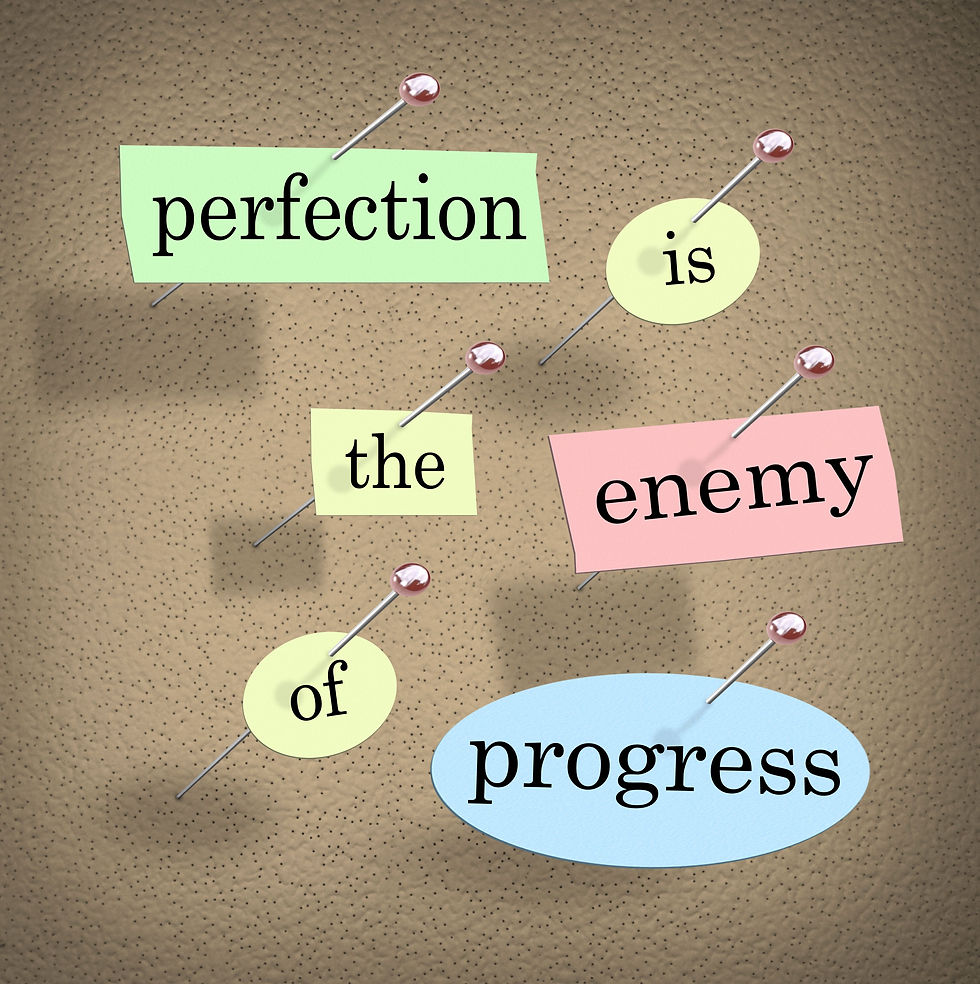Review: Reading Lolita in Tehran by Azar Nafisi
- Katie Jerath

- Dec 31, 2015
- 4 min read
I made it to page 130 of ~400 of Reading Lolita in Tehran by Azar Nafisi before I decided, with much chagrin, to put it down. As such, I don’t feel it’s fair to give this book a starred rating. Instead, I’ll attempt to write about my initial impression of the book and how it made me feel.
Why choose to read Reading Lolita in Tehran now? It was first published 12 years ago, and has won numerous accolades from critics and ordinary readers alike.
The answers are simple.
I have a growing interest in other countries and cultures. In the past year, I’ve made a more concentrated effort to pay attention to our global political and social climate. Finally, it is my goal to read 30 non-fiction books by my 30th birthday. It’s unfortunate that the first one I chose to read, this book, will remain unfinished.
So, what didn’t work for me? I leaned my head back and sighed after typing that sentence, because critiquing a work of literature takes almost as much effort as praising a work of literature! At least the latter is enjoyable.
Before I began Reading Lolita in Tehran, I was expecting a book from the POV of a literature professor in Tehran, who taught in the mid to late 1980s, following the Iranian revolution. I was expecting a moving account of a clandestine book club for girls, headed by Nafisi, where they read and analyze forbidden works of Western fiction, which may or may not parallel how drastically their lives change throughout the revolution. I was even expecting to learn more about Western fiction through said analyses. Most importantly, I was expecting to learn something new, something true and beautiful, about Iran and its people instead of what I’ve already learned through other books, or through the regurgitated and often-biased hype on American news channels.
In some ways, I got what I expected, but overall, I was disappointed and actually somewhat annoyed.
Nafisi is passionate about literature. That much is crystal clear. What also became clear to me, as I labored clumsily through her hop-skip-twirling narrative, is that Nafisi is also very passionate about herself. Her narrative voice is haughty and overly-intellectual. Her writing and writing style, overall, were puzzling and disappointing. The narration jumps forward and backward in time with no rhyme or reason, and with absolutely no warning. Little attention is paid to punctuation, namely when multiple people are speaking. This made the 130 pages I did read a strain on my mental agility, as I struggled to keep up and to continue to care about the subject matter at hand.
The beginning of the story started out fairly strong, as Nafisi introduces “her girls,” the university students she carefully selected to be part of her book club. Many of them held promise for me, as a reader, as a connection to Iran and to the struggles that women faced and continue to face there. I was hoping that Nafisi would focus more on the girls, how their literature studies affected them, and how the obliteration of their feminine and human rights affected them. At the beginning, she did. I was reminded of how the women and girls of Tehran are bullied and harassed for every little thing, including their nails being "too long," their hair showing "too much," and their lips being "too pink." It is their responsibility to save the men around them from the immoral thoughts they might have when looking upon a woman whose eyelashes are too long. I knew about these confounding rules and laws, thanks to other books I've read, but I was thankful to be reminded of just how repressed these women are and that something must be done to free them.
Eventually, however, the book diverts from a focus on the girls and their book club and largely lapses into drawn-out literary analysis by the author, interspersed with almost stream-of-consciousness observations of the world around her. Ultimately, it seemed to me that Reading Lolita in Tehran was written by Nafisi while in a state of catharsis and published "as is," with no thought given to the more technical aspects of editing.
I closed the book after Nafisi started going back and forth between her college years in America, where she joined numerous protests against America's involvement in the Iranian revolution, and her first years teaching at the University of Tehran, under Khomeini's oppressive, corrupt, and brutal reign. This should have been a fascinating read, by all accounts. I wanted so badly for it to be a fascinating read. However, I couldn't get past the whiplash of time-hopping, the achingly dry prose, and the way Nafisi tried to shoehorn great American classics into her narrative to make some kind of point.
What could have been (and should have been) a powerful, impactful story on the oppression of Iranian women, of the casting away of true intellectualism and creative innovation in Iran, and of the numerous other tragic outcomes of the Iranian revolution, instead became a critique of literature, countless descriptions of seating arrangements and mountains in mirrors, and a critique of Iranian government that lost its impact due to being smothered in the author's bitterness and self-importance.
Perhaps I'll give this book another try in a few years. I'd like to see what others have been in this book, but maybe, just maybe, it's not there.
A word to other readers who want to read this book: I highly suggest you read, or re-read, Lolita, The Great Gatsby, and Invitation to a Beheading before reading this book, and brush up on your Iranian history as well. You'll have no further (helpful) explanation of the aforementioned books/topics, otherwise, and may feel adrift on the Nafisi Sea.








コメント